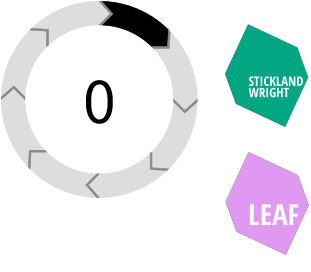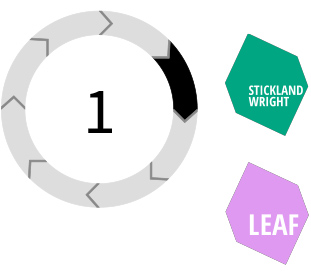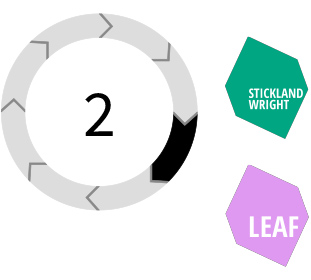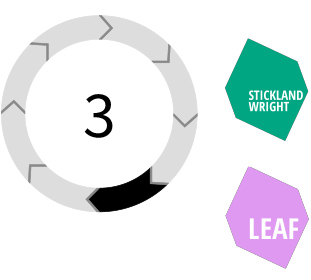We understand that choosing the right Design Practice is a pivotal decision that will greatly impact your entire project.
Our team takes great pride in our work, and our portfolio speaks to our dedication and skill. Equally important to us is the ability to collaborate closely with our clients, building a strong foundation of trust and understanding from the outset. To facilitate this relationship, we offer a complimentary, in-person consultation for you to share your ambitions, discuss potential approaches to the project, and allow you to assess if we would work well together.
Our process follows the RIBA Plan of Work which provides a well-defined framework to ensure key milestones are met at each stage. Depending on the type of project, our activities will be tailored to answer the specifics of the brief at each stage, and our diverse skill set within the team means your project will benefit from a breadth of experience and talent to ensure the best outcome is achieved.
Our low energy consultants, LEAF, can be involved throughout your project to advise on energy efficiency, while our specialist services in building out, SW+ come in from stage 4 onwards to add the detail and support the delivery of your project.


Stage 0 – Strategic Definition
We will seek to identify the strategic brief for your project, your business case and any other guiding project requirements.

Stage 1 – Preparation and Brief
In this stage we will start to explore the brief, including the review and assimilation of information about the site and the generation of sketch feasibility studies. Sketch studies will help us to collaboratively refine the brief, through testing your needs and priorities. We will also start to advise you on the different roles which may be required to undertake your project.

Stage 2 – Concept Design
We will create concept designs which respond to and challenge your brief, as we explore the site’s potential. We will then test the success of our concepts against your key project drivers and other project constraints, such as sustainability goals, planning considerations or market research. At the end of this stage, we will seek to agree the final project brief, effectively fixing the concept design and project requirements.

Stage 3 – Spatial Coordination
We will now develop the agreed design by undertaking further research, consultant co-ordination and drawing work so that the scope of the project is more fully described. The documents generated from this stage will be sufficient for making a planning submission, creating a budget cost plan or perhaps third-party agreement to the project ‘s scope.

Stage 4 – Technical Design
At this stage our SW+ specialists examine how the proposals will be constructed in detail. This will include a greater degree of co-ordination with consultants, potential suppliers, and product manufacturers. The information produced at this stage can be used to seek statutory consents, such as under the Building Regulations, other legal obligations for compliance, or to satisfy any conditions placed on a planning approval. The information can also be used to obtain competitive market pricing for undertaking the construction of the project.

Stage 5 – Manufacturing and Construction
During this stage, the construction team assumes primary responsibility for the project execution. We provide technical support by facilitating design modifications, clarifications, and ensuring alignment with construction requirements. Our involvement can also include overseeing administration of the project (as your agent), conducting inspections, and offering expert advice on technical matters to ensure seamless execution and compliance with specifications.

Stage 6 – Handover
During this stage we will conclude our construction related activities, updating project information as required for distribution to our client and other agreed third parties. This stage could include the production of ‘as-built’ information. We will seek feedback on the processes for delivery of the project and the final outcomes.

Stage 7 – Use
Once the project is complete and brought into use, we will seek further feedback on the success of design strategies and upon matters of operation and maintenance. We will respond to client feedback and queries which may also lead to the revision of our project information.
Tell us about your project in a free consultation. Get in touch